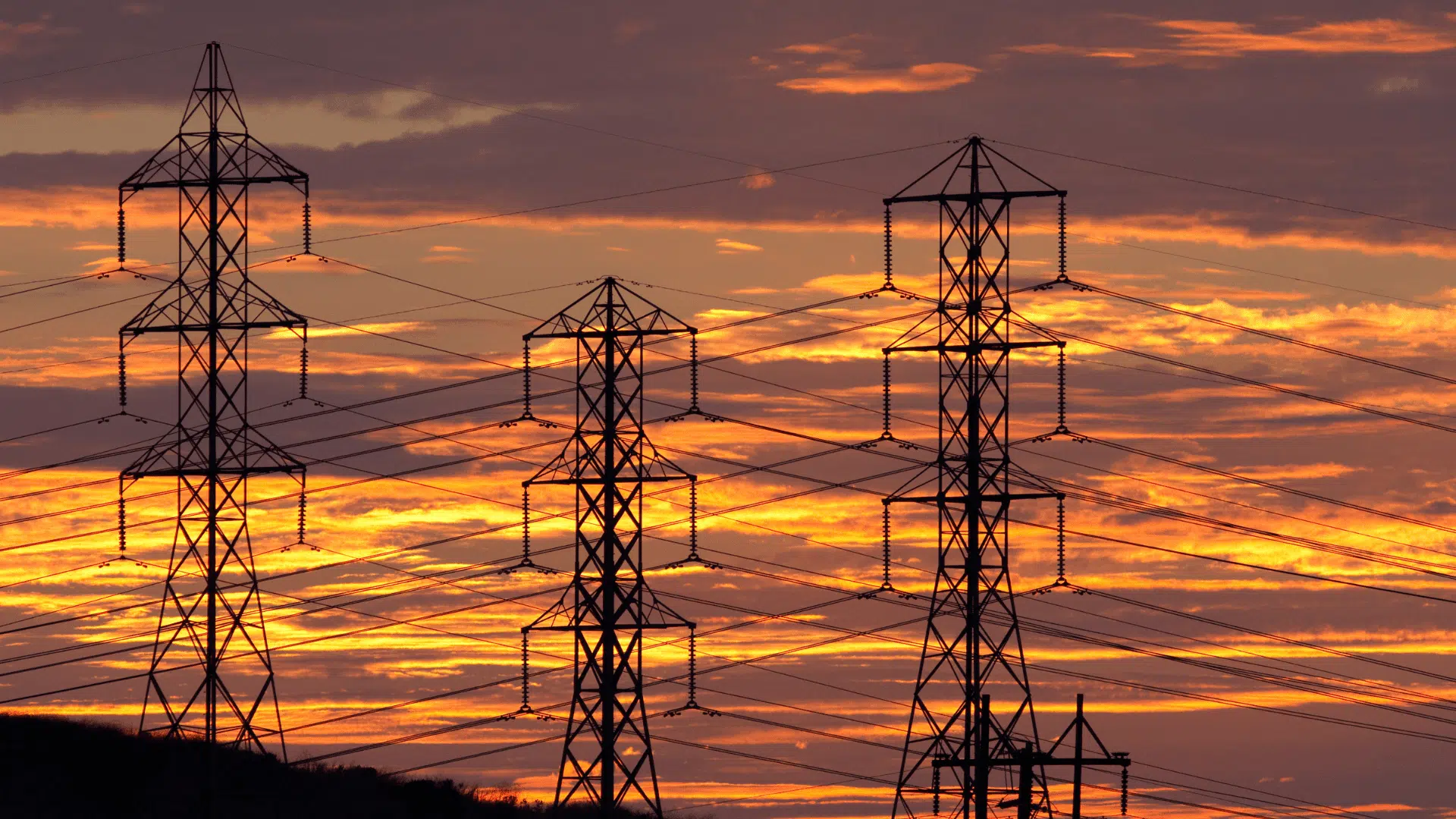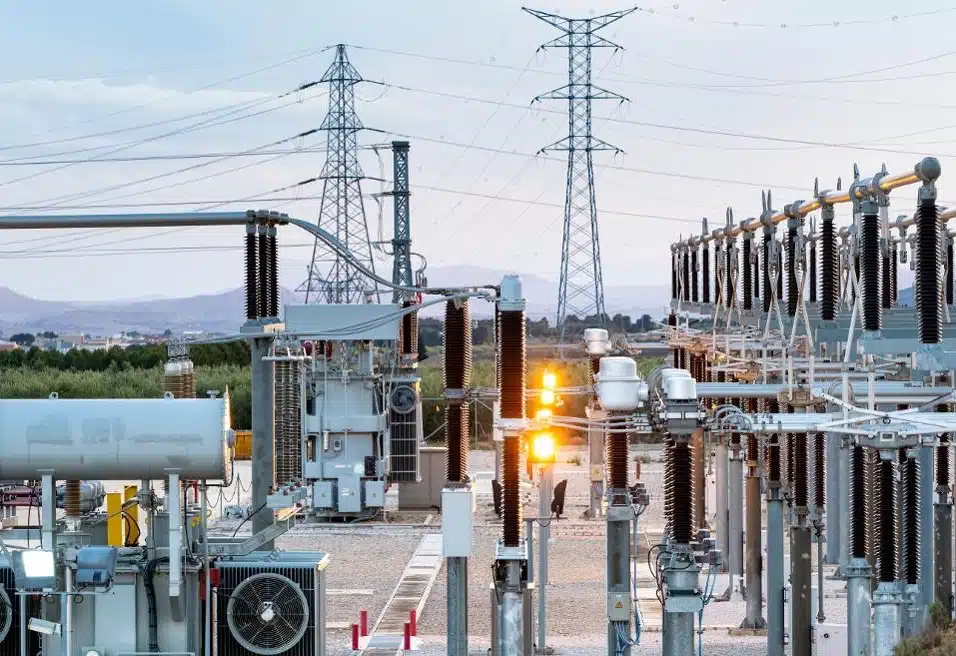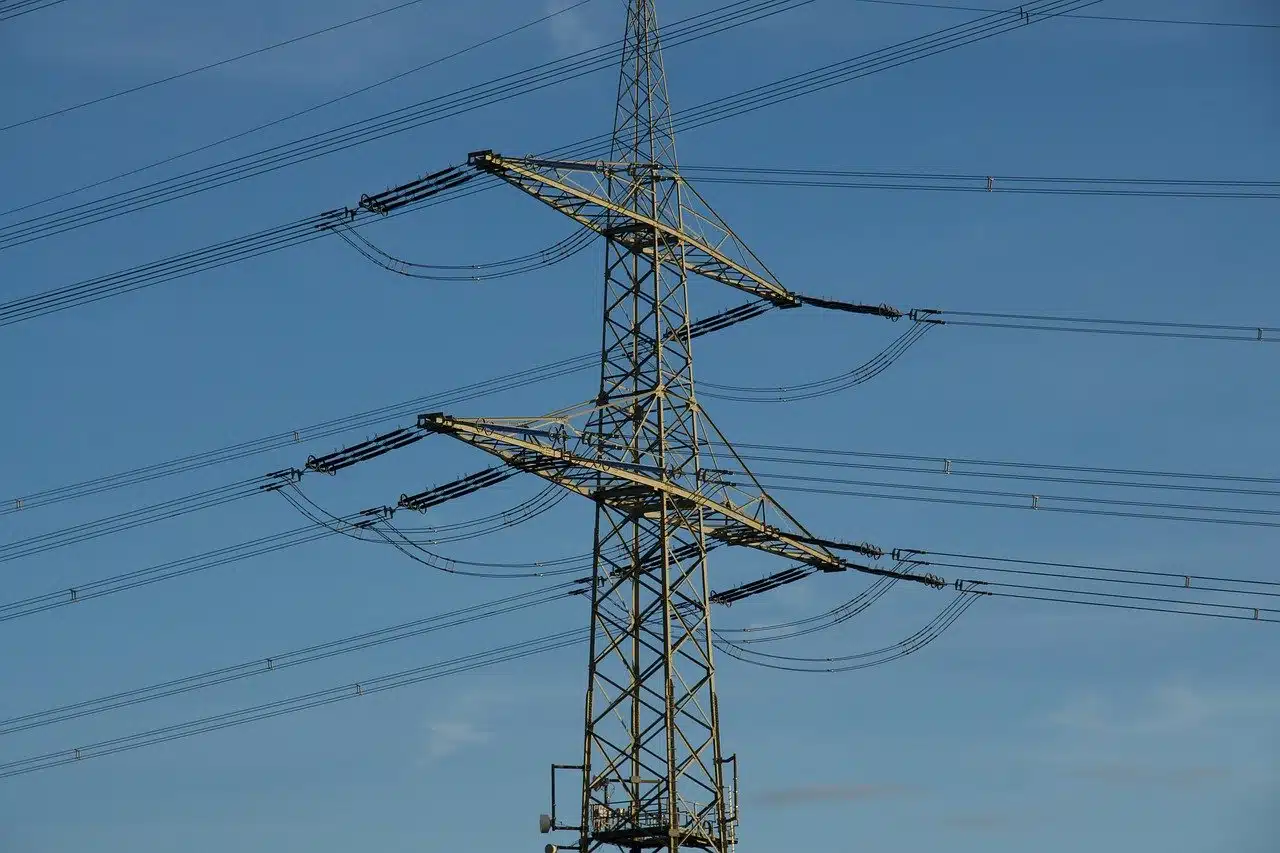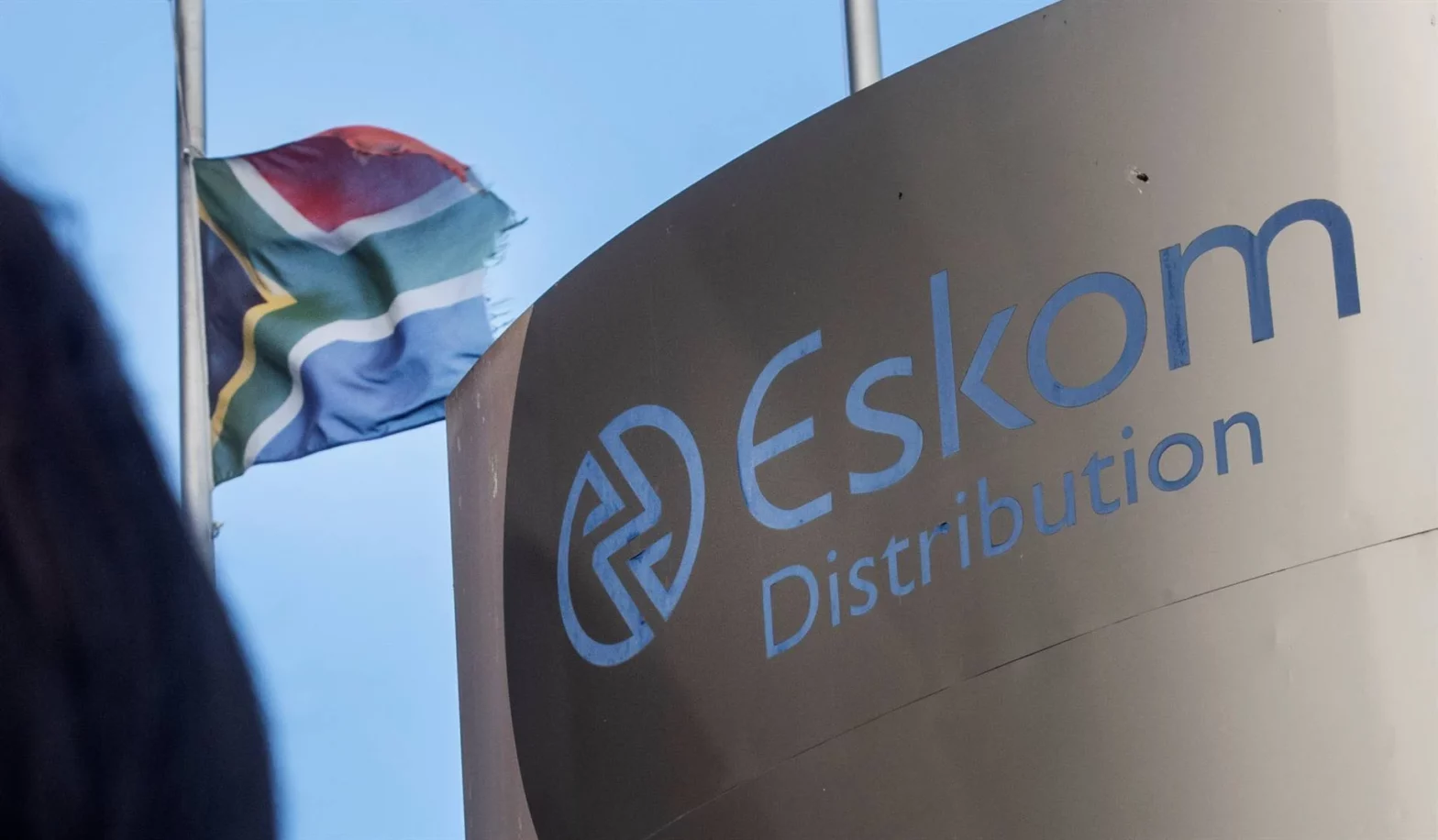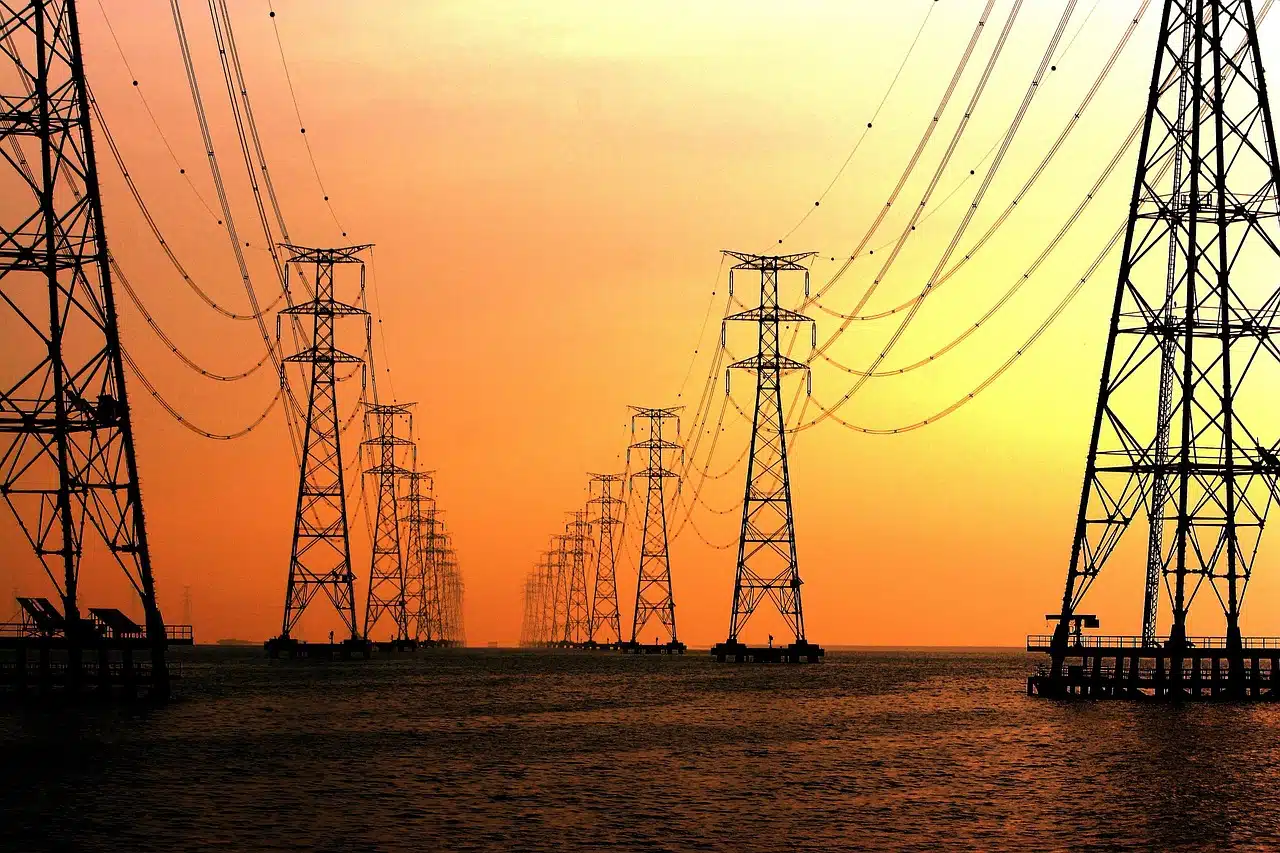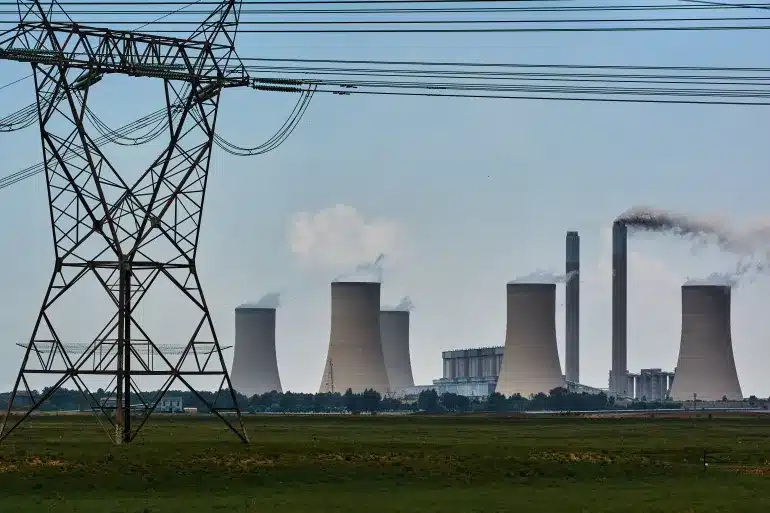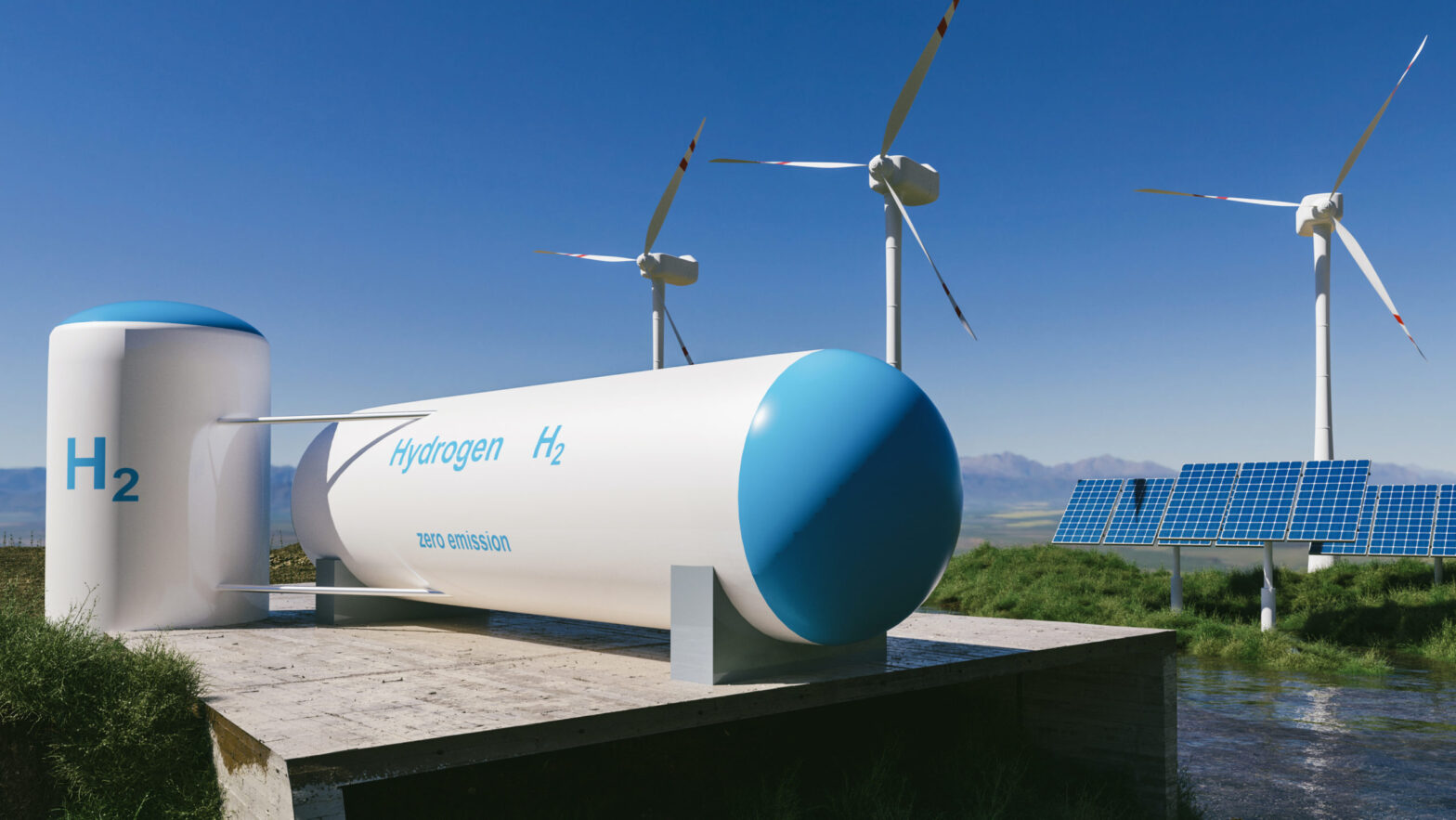Namibia’s Electricity Control Board (ECB) has approved a 3.8% electricity tariff increase, in a move to reduce the nation’s electricity subsidy.
The hike increases the cost of electricity from N$1.98 ($0.11) per kWh to N$2.06($0.11) per kWh for the 2025/26 financial year.
The tariff increase comes as state-owned NamPower requested for a $17.4% tariff increase to help the organisation cover some of its operational costs.
Chief executive of the Electricity Control Board, Robert Kahimise said, “After due consideration, especially of the impact on the affordability of electricity, and in accordance with the ECB tariff review methodology, the ECB board resolved to approve a 3.8% increase for NamPower instead of the 17.44%”.
However, the government will fund NamPower with N$283 million ($15.5 million) as the tariff increase fell short of the company’s expectations.
The approved bulk electricity tariff will be applicable to regional electricity distributors, local authorities, regional councils and large industrial transmission customers like mines.
Household end users are exempted from this electricity hike.
Defending the tariff increase, Mr Kahimise said the tariff increase is below inflation and therefore has a minimal impact on inflation and the price of goods and services.
Namibia’s electrification target
Moreover, Namibia has set a national target to connect more than 200,000 households to the grid by 2030 to improve the standard of living and promote inclusive economic development.
Ben Nangombe, an executive director in the country’s Ministry of Industries, Mines, and Energy, said the goal is to ensure universal access to electricity by 2030.
“The government will work closely with stakeholders to increase the pace of electricity connections, particularly in underserved rural areas”, said Nangombe.
Director Nangombe emphasized the need to adopt efficient and affordable energy technologies, such as mini-grids and off-grid solar systems, to accelerate electrification and promote sustainability.
Namibia plans to add 93 megawatts of renewable energy capacity during the financial year ending 2026 as part of a strategy to reduce electricity imports.
Kahimise said the government also plans to boost domestic electricity generation to 80% by 2030, up from the current 45%, in a bid to complement the household electrification drive.
“More electricity will be generated locally, hence reducing imports and overall cost of electricity,” Kahimise said.
Namibia imports about 60% of its electricity from neighbors including South Africa, Zambia and Zimbabwe, which have their own problems meeting demand.
Renewables now make up 21% of the country’s electricity mix.
The goal is to reach 70% of electricity from renewables by 2030.
Kahimise said new projects, including the 58 MW Anixas II heavy fuel oil plant and the 20 MW Khan Solar PV plant, have already come online while 38 more licensed generation projects remain under development.
The Anixas II power station which was inaugurated in February this year cost $1.28 billion to set up and contributes to Namibia’s renewable energy capacity.

